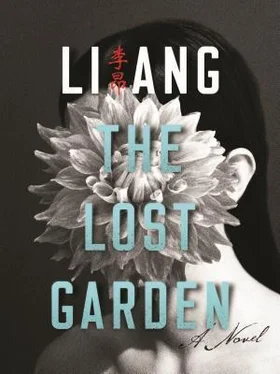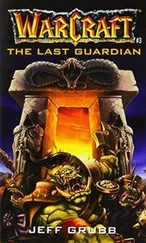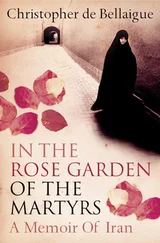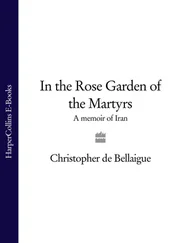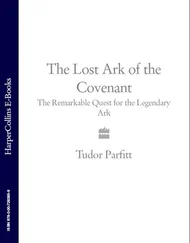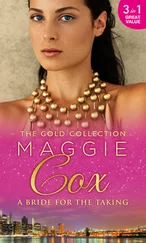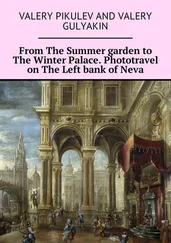Mudan naturally refused to be photographed, even years later, when photos taken by Father were hung all over Lotus Garden, including pictures of Luohan.
“I’d be put in there if I had my picture taken.”
By “there,” she meant the camera, of course.
She did have a picture taken in order to get an identity card, but took pains to keep it and the negative, with careful instructions to Luohan and Yinghong that, when she died, the picture and the negative must be placed in her coffin so she could leave this world with every part of herself intact.
“I’ll not have part of my soul missing, even if I go to hell,” she said.
But what galled Mudan most at the time was the price — one or two jia of land. She’d even complained in front of Father that Kozo would one day trick him out of everything in the family. Father just smiled, never trying to offer her an explanation.
Kozo began his frequent visits when she was in the sixth grade. Once he came with a big black umbrella on a bright sunny day, and would not let go of it, even during lunch. After the meal, Kozo asked Father and Yinghong to take him to Flowing Pillow Pavilion, where he shut all the doors and windows before turning on the lights. Then he began to mutter after casting her a glance:
“I respectfully ask for the assistance of the Heavenly King, Grandma Mazu, Guanyin Bodhisattva, Prince Neza, and all other deities. By the throne of the Heavenly Palace I bring precious stones of seven colors … precious, precious, precious, truly rare treasures from the Heavenly Palace, with the help of Jesus and God, passing through Japan, Germany, England, America, to arrive in Taiwan.”
Kozo was muttering in a soft voice, so she did not understand every word he said, but she recalled how Mudan loved to mock him about his swaying head and ears, and the sight nearly made her laugh out loud. Naturally she wouldn’t dare, so she smiled secretly, covering her mouth with her slender, fair hands.
But Father was so pleased he burst out laughing.
Seemingly oblivious, Kozo continued his incantation by reaching out with his dark, coarse hands and making a dainty pose, gesticulating and gesturing as he shouted:
“Come. Come. Come. Change. Change. Change.”
Then he raised the black umbrella and swung it around before blowing on it three times.
“Pu. Pu. Pu. Change. Change. Change.”
Then he slapped the metal ribs of the umbrella and, lo and behold, the tip twisted and fell off to rain down two dozen colorful gemstones. He caught the stones in his palms to show Father and Yinghong, then balled his fist and blew three more times before laying the gemstones on the carved purple sandalwood tabletop.
There were red and green gems, as well as blue stones and a diamond encircled by several small ones, which amounted to two or three carats. Kozo’s fingers, still in a dainty gesture, zeroed in on the diamond and picked it up.
“Only this one is good enough for Mr. Zhu.”
He spoke in Japanese, thinking that Yinghong didn’t understand the language.
“It was hidden in the umbrella ribs as it traveled across the ocean.”
Father coughed and gave Kozo a look, effectively silencing him. Then he walked into the inner room, where he rummaged around and came out with a big diamond that looked to be over ten carats.
“What do you think of this?” Father said with a smile.
Kozo tapped his forehead.
“Fine. Fine. Fine.”
He said while gathering all the gemstones on the table into the hollow umbrella ribs. He capped the umbrella, with an expression of nonchalance. Father, on the other hand, looked awkward and said:
“When I went abroad, Grandma wanted me to take this along for emergencies.”
Later he continued in an intentional light tone, obviously regretting the showy display of the big diamond and unwilling to make Kozo feel that his trip was in vain.
“But, it’s time to start getting Ayako’s dowry ready.”
He had Kozo bring out the gemstones again and picked out a few before thanking the man in a slightly abashed manner.
Besides the gemstones, Kozo also brought other items with him each time, including Mother’s cosmetics from Japan, the latest fashions from Hong Kong, and perfume from Paris. Father made frequent purchases, until one day he realized that Mother rarely wore or used any of the items. Then he began buying trinkets for Yinghong.
By the time she started junior high and Father stopped buying her dolls, she already owned over thirty imported dolls in all shapes and sizes, from well-decked-out Japanese dolls in kimonos to princess dolls from Paris in full skirts to soft, huggable rag dolls. She was also given several music boxes that opened to reveal pretty girls in gauzy skirts dancing to soft music, as well as different kinds of candy and Japanese stationery. Even her hair clips were made in Japan.
Most of what Kozo brought was in the area of the latest camera and photography equipment Father required. Expensive items that cost a few jia of paddy land Kozo casually carried in a nondescript cotton cloth sack like those farmers used for rice.
Every time he came, Father had him stay for drinks and dinner. They would discuss the latest models and collections owned by professionals from all over.
One warm spring day during her second year in junior high, Kozo brought a big stack of white paper, and, in a secretive tone, asked Father to store it for him. Then the two of them were engaged in a whispered conversation. In the end, Kozo decided to hide the paper under the carved sandalwood curtained bed in Flowing Pillow Pavilion, to which Father raised no objection.
Yinghong was infatuated with painting that year, which all started when Father showed her some lovely albums from Japan. Father gave her a detailed explanation of the symmetry and beauty of classical painting, which emphasized the arrangement and use of space, as well as the Impressionists’ focus on light and shadow, freedom and life.
Having made up her mind to be a painter, she spent much of her spare time out painting in Lotus Garden. She was partial to the bright, vibrant color scheme of the Impressionists, for Father had told her that Monet had made several paintings of the same lily pond, all with varying results because of the different times and lighting. So with the Japanese Moth-brand watercolor paint that Kozo brought over, she began to apply bright colors to scenes of Lotus Garden at different times.
Once, while painting the scene at “New Moon by the Small Bridge,” with lotus leaves as a backdrop, she ran out of paper. Afraid she could not recreate the scene once sunlight shifted, she recalled the stack of white paper Kozo had placed under the carved bed in Flowing Pillow Pavilion. She went and selected a few sheets, with the idea that she’d ask Father to buy some to replace those she had taken.
The paper, not too thick but obviously of very high quality, was so dense that water barely seeped through it. Since she was using watercolors, the nonabsorbent paper presented a problem at first, but after a few tries she learned to add less water to the paint before applying it to the paper, creating an effect like an oil painting.
The innovative result piqued her interest so much that she got more of the same white paper and spent a whole day painting just about everything in Lotus Garden. Then she went to see Father for his assessment.
Kozo, who was drinking and chatting with Father in the main hall at Lotus Tower, came over to take a look and gave his approval before letting out a startled cry. He did not, however, forget to form the dainty gesture with his fingers before slapping the back of his head, as he yelled:
“Oh, no! I’m done for. All done for. That paper, it’s for printing money.”
Читать дальше
